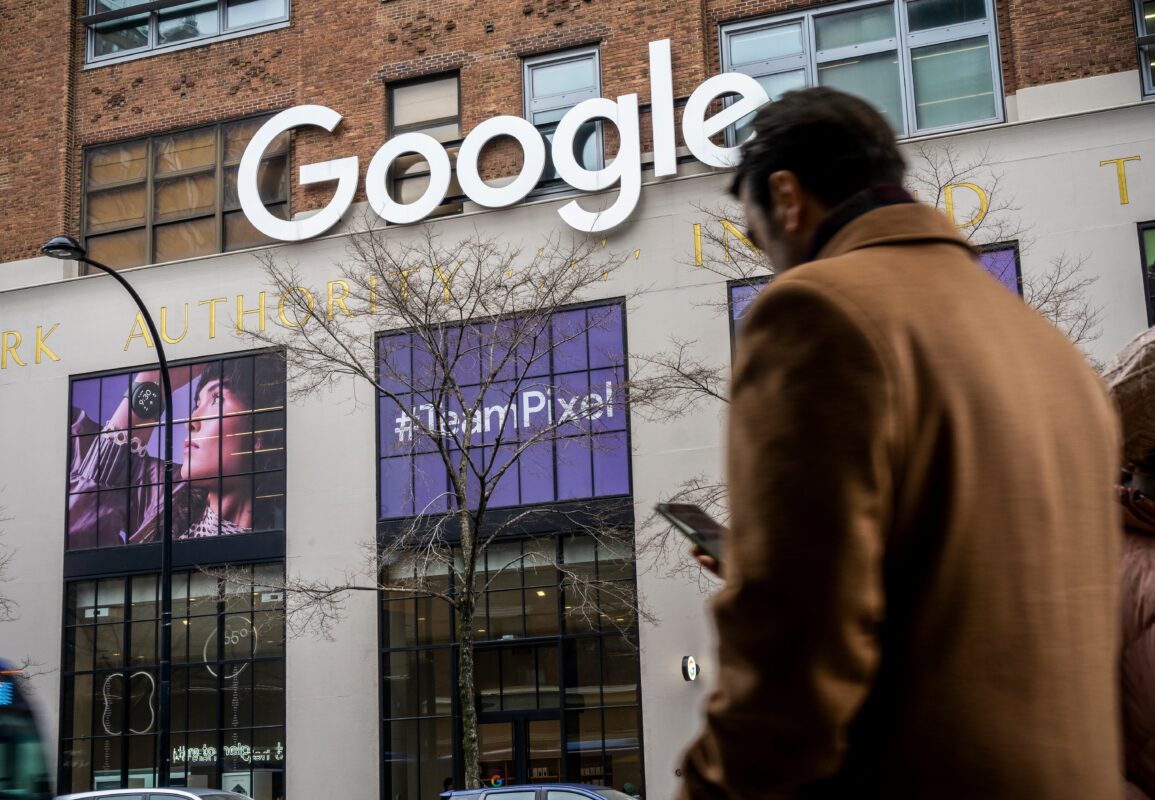TLDRs:
- Google reduces small-team managers by 35% to cut bureaucracy and improve efficiency.
- Many affected managers remain as individual contributors after restructuring.
- Voluntary buyouts replace traditional layoffs, boosting employee satisfaction.
- Google emphasizes engineering-focused, flat structures to stay competitive in AI.
Google has reduced the number of managers overseeing small teams by approximately 35% over the past year, a company executive revealed during a recent all-hands meeting.
This move is part of a broader effort to streamline operations, cut unnecessary bureaucracy, and improve overall organizational efficiency. Many of the managers impacted by the restructuring will continue to contribute to projects as individual contributors rather than leave the company entirely.
The reduction specifically targets managers supervising fewer than three employees, highlighting Google’s intention to eliminate micro-management roles and empower team members to take greater ownership of their work. By scaling back layers of management, Google hopes to foster an environment that encourages innovation and quick decision-making, harkening back to its early startup roots.
Returning to Anti-Bureaucracy Roots
The cuts mark a significant return to Google’s original skepticism toward traditional management structures. A decade ago, Google was widely recognized for its engineering-centric approach, favoring flat hierarchies over layers of managerial oversight. This structure encouraged creativity and rapid innovation in the company’s early years.
As Google expanded into a global tech powerhouse, management layers gradually increased, sometimes creating slower decision-making processes.
The recent reduction in small-team managers signals a deliberate shift back to the company’s foundational philosophy, particularly as competition in artificial intelligence intensifies. Company executives believe that a flatter, more agile structure provides a competitive edge in the fast-moving AI landscape.
Voluntary Buyouts Over Layoffs
Rather than implementing mass layoffs, Google has turned to “Voluntary Exit Program” buyouts as a key workforce management strategy.
Ten product areas, including search, advertising, hardware, and people operations, offered buyouts to U.S.-based employees. Acceptance rates ranged from 3% to 5%, suggesting that employees are opting into the program willingly, often citing a desire for career breaks.
This voluntary approach reflects feedback from Google’s January 2023 layoffs, where 12,000 employees, roughly 6% of the workforce, were affected. By giving employees agency in their exit decisions, Google is reducing the negative morale often associated with traditional layoffs while also creating smoother transitions in affected teams.
CEO Sundar Pichai noted that the program required significant effort but emphasized that it provides employees with choice and control over their career paths.
Maintaining Competitive Benefits
Despite these workforce adjustments, Google has clarified that it has no plans to introduce a paid sabbatical policy similar to Meta’s “recharge” program. The company maintains that its existing leave policies are competitive and supportive of employee needs.
Executives suggest that the combination of reduced management layers and voluntary exit options will allow Google to maintain a strong, motivated workforce while also positioning the company for more agile competition in emerging technologies like AI. By focusing on an engineering-first structure and eliminating micro-management, Google is signaling a renewed commitment to its core innovation philosophy while navigating the challenges of a growing global tech landscape.






